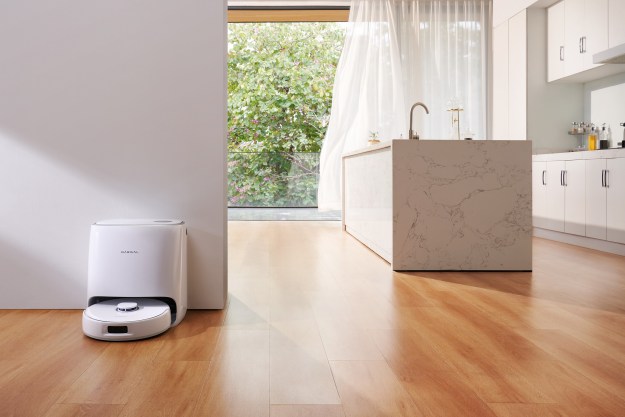 Turns out, the Internet might manage to seal the deal that video never quite managed. A new report from the NPD Group reveals that, in the final months of last year, audiences aged between 13 and 35 spent roughly as much time listening to online radio and streaming music services as they did traditional AM and FM radio.
Turns out, the Internet might manage to seal the deal that video never quite managed. A new report from the NPD Group reveals that, in the final months of last year, audiences aged between 13 and 35 spent roughly as much time listening to online radio and streaming music services as they did traditional AM and FM radio.
The listening market share for that particular demographic spent listening to Internet-based music services such as Pandora, Spotify, and the like rose from 17 percent during the same period in 2011 to 23 percent in 2012, just one percentage point less than AM and FM radio – with radio slipping two percentage points from its position last year. The same isn’t true for older listeners, with AM/FM radio still managing to account for 41 percent of weekly music listening for listeners 36 years and above, and Internet-based radio and streaming services seemingly stuck at 13 percent.
It isn’t just radio that’s seeing its importance in the musical landscape shrink; NPD’s “Music Acquisition Monitor” report noted that the amount of time people spend listening to CDs and purchased digital music files also fell year-on-year for the 13 to 35 year old group, reaching nine percent and 15 percent respectively.
The NPD report is based on information gathered in the fourth quarter of 2012 from 7,600 Internet users. In the 13 to 35 demo group, 51 percent said the majority of their music listening still occurred in their cars – hence, the high AM/FM radio presence when compared to digital music files. Although, it appears it’s just a bit nicer to let someone else select what you’re going to listen to – with 62 percent of the same group saying that they are using streaming services more now than they had in the past.
Amongst the streaming services, Pandora is the clear winner: 39 percent of the 13-35 demo use the free version of the service, with an additional two percent opting for the ad-free, subscription-based Pandora One channel. IHeartRadio is the next most popular service, with 11 percent of the 13 to 35 group using it, followed by Spotify’s free version (nine percent) and Grooveshark (3 percent). Other services making appearances in the list of streaming favorites included Slacker, TuneIn, Last.fm and Xbox Music, all of which have two percent market penetration.
Pandora and iHeartRadio users take advantage of each services’ mobile availability, with more than half of the groups using either admitting to using their cell phone or mobile device to access the service. One in five also said they use their mobile devices to listen to the streams while driving.
Summing up the report’s findings, NPD SVP of industry analysis Russ Crupnick said that “driven by mobility and connectivity, music-streaming services are rapidly growing their share of the music listening experience for teens and young adults, at the expense of traditional music listening methods.” Clearly, it’s time for AM and FM radio stations to start working out how to move themselves into app development while there’s still time.
Editors' Recommendations
- How to access your favorite music streaming services on Amazon Echo Show
- ‘Stream transfer’ feature moves your music around the house using Google Assistant


